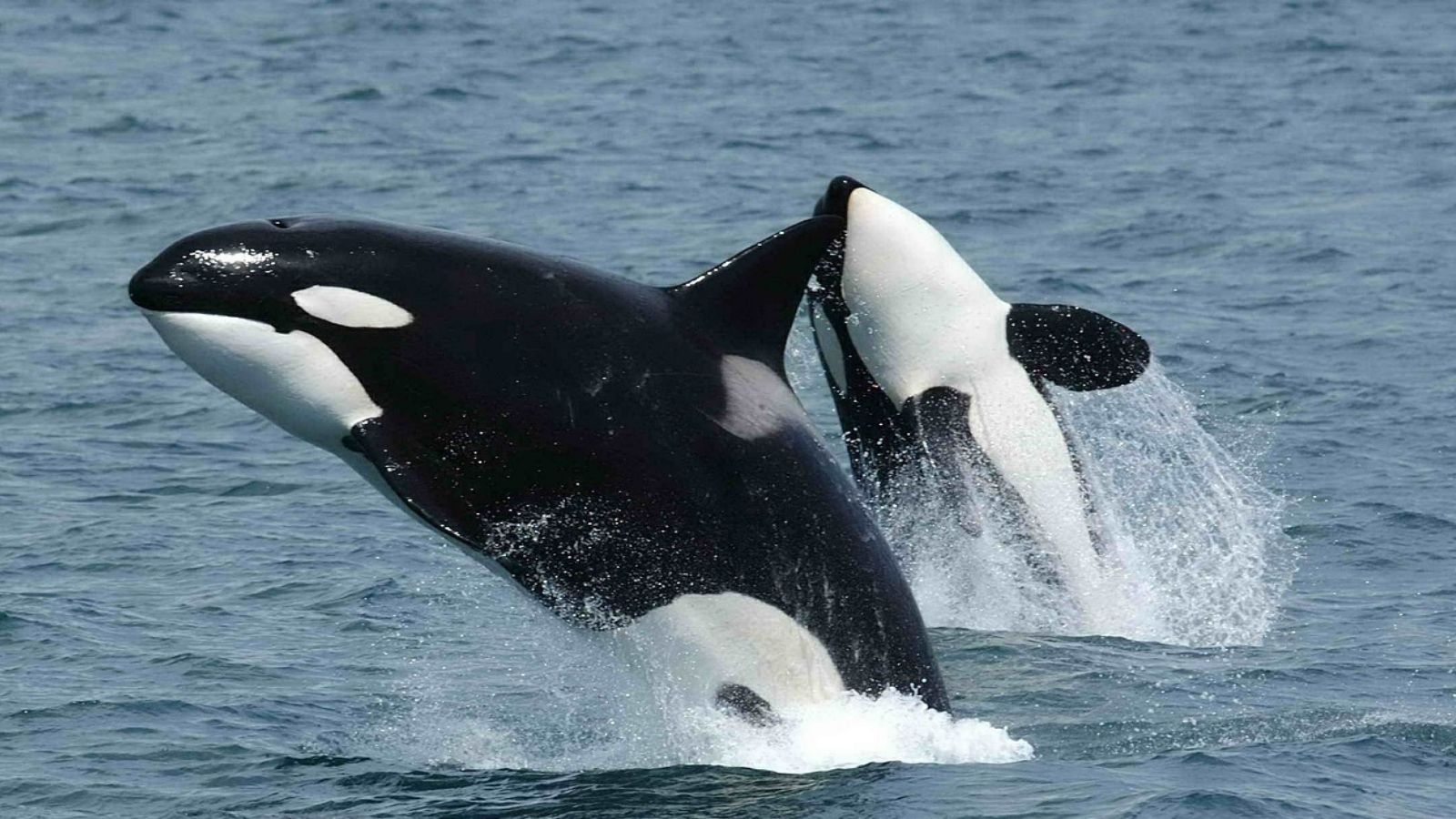
Tell the Biden administration: Help save starving orcas
To save starving orcas, we need to save the salmon, and that means breaching the dams along the Lower Snake River.
Scroll through our slideshow below to learn more about the endangered Southern Resident orcas and their connection to salmon and dams in the Northwest, and take action below.
It wasn’t long ago that we all watched as a 20-year-old orca mother, Tahlequah carried her dead calf for 17 days and 1,000 miles. Tahlequah’s journey was a gut-wrenching reminder of the southern Resident orcas' plight, and kick-started Environment Washington's campaign to advance solutions to save these endangered and incredibly special whales.
Photo by Pam Clough | TPIN
The Southern Resident orcas have been listed as endangered since 2005. After the marine park capture era of the 1960s-70s, the Southern Resident orca population reached a peak size of 98 individuals in 1995 but have been declining ever since.
Photo by Staff | TPIN
The Southern Resident orcas eat almost exclusively Chinook salmon, the largest and fattiest of the Pacific salmon varieties. Chinook salmon make up arund 80% of the Southern Resident orcas' diet.
Photo by Staff | TPIN
Unfortunately, salmon decreasing in numbers and decreasing in size. Chinook salmon have gotten smaller over the years- so takes more effort to meet the caloric needs of fish-feeding orcas. Lack of abundant food compounds other threats that the Southern Residents face from chemical and noise pollution.
Photo by Staff | TPIN
Why are Chinook salmon on the decline? There are a number of factors, and for Chinook salmon that originate on rivers like the Snake River, dams create a number of problems that threaten Chinook salmon and other anadromous fish.
Photo by Staff | TPIN
The four dams on the lower Snake River obstruct 140 miles of relatively pristine salmon spawning habitat in Idaho. Since the completion of these dams, some Snake River salmon populations have declined by 90%. All Snake River salmon runs are now listed as threatened or endangered, including the Chinook salmon that orcas depend on. Breaching the Lower Snake River dams is the single biggest opportunity to rejuvenate endangered salmon populations.
Photo by US Army Corps of Engineers | TPIN
As of early 2023, the population has 73 individuals and birth rates remain concerningly low.
Photo by Staff | TPIN
Restoring lower Snake River is the major step needed to avert extinction of Snake River salmon and steelhead. This would restore access to 15 million acres of cooler, high elevation watershed, which is 40% of historical spawning habitat for Snake River Chinook. This has the potential to greatly increase the availability of a critical food source for the endangered Southern resident orcas. According to scientists, no other action under consideration has the potential to increase the orca population to a level where they could be down-listed to threatened or removed from the Endangered Species Act listing completely.
Photo by Staff | TPIN
There is broad public support for restoring the lower Snake River.
Photo by Staff | TPIN
1of 9
To save starving orcas, we need to save the salmon, and that means breaching the dams along the Lower Snake River.
Add Your Name
Report ●
